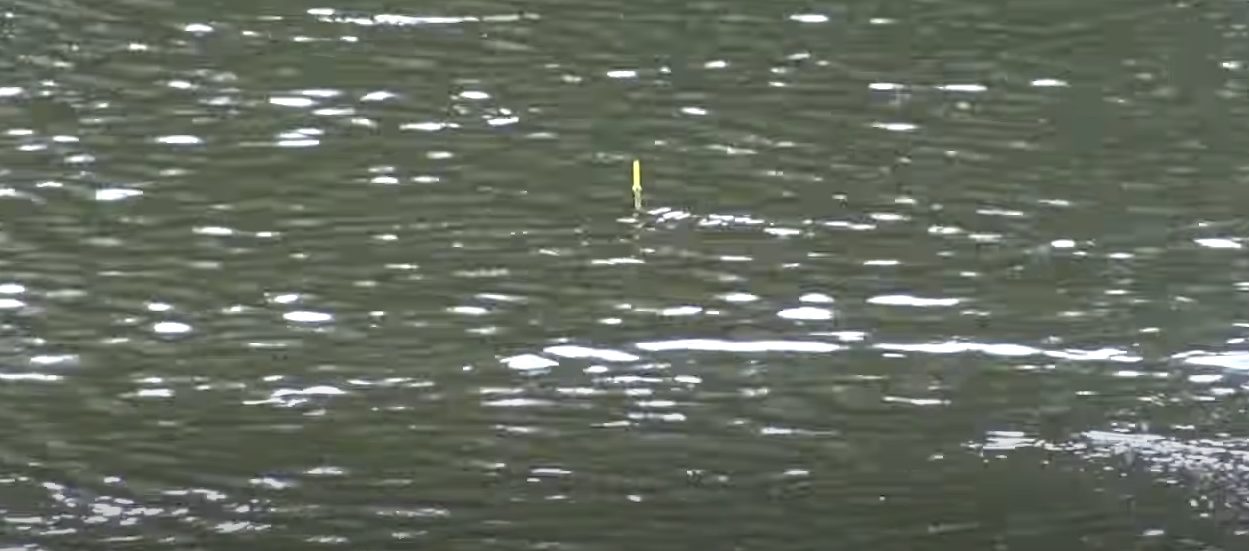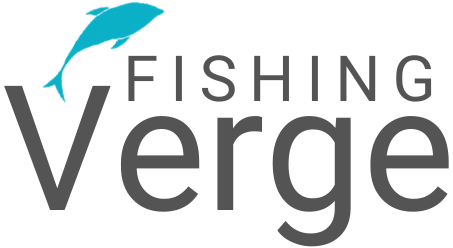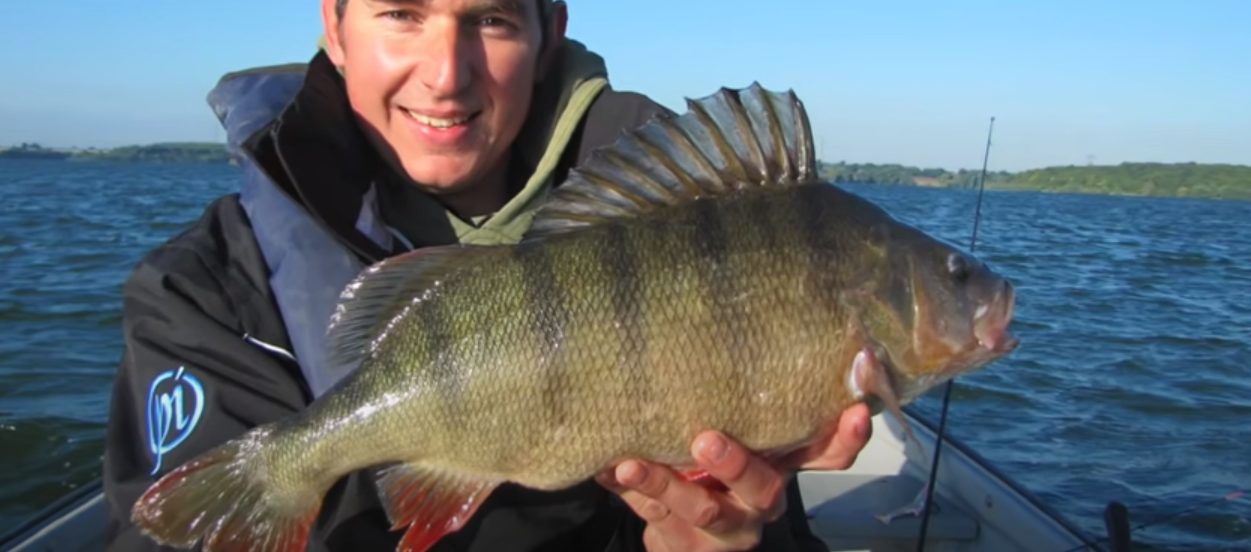I. Getting started
Perch fishing is a popular activity that people all over the world enjoy. Perch fishing is popular for many reasons, including the thrill of catching one and the satisfaction of cooking up a delicious meal with the catch of the day. But it can be hard to catch perch, especially if you are just starting out. In this blog, we’ll show you some of the best ways to catch perch. These tips will help you catch more fish.
II. Understanding Perch
To catch perch successfully, you need to know how they act, where they live, and what they eat. There are many kinds of perch, such as the yellow perch, the European perch, and the white perch. It’s important to know how to identify each species because they all act and like different things.
Perch usually live in lakes, ponds, and rivers with shallow water and lots of plants. Most of the time, they stay close to the bottom and hide in weeds and other plants. Perch will eat anything they can get their mouths on, like insects, small fish, and crustaceans.
III. Important Tools and Tackle
To catch perch, you must have the right gear and tackle. For perch fishing, you should use a light to medium spinning rod and reel with a monofilament line that can hold 4 to 8 pounds of pressure. Live baits like worms, grubs, and minnows, as well as artificial lures like jigs, spinners, and crankbaits, can be used to catch fish. It’s important to match the size and colour of your lure to the fishing conditions.
It’s also important to have the right hooks and weights. For perch fishing, hooks in sizes 6 to 10 work best, and weights in sizes 1/16 to 1/4 ounces of split shots or egg sinkers work well.
In the next section, we’ll talk about how to choose the right place and how to catch perch there..
IV. Picking the Best Place

When perch are easiest to catch: Perch are usually active all year long, but when the water is cooler in the spring and fall, they tend to be more active.
Types of water bodies where perch live: You can find perch in lakes, ponds, and slow-moving rivers, among other places. They like shallow water with weed beds, drop-offs, and structures like docks.
How to find good fishing spots: Look for places with structure, like weed beds, drop-offs, and trees that are underwater. You can also try fishing near docks, piers, and other man-made structures that fish like. When choosing a place to fish, think about the temperature of the water, the weather, and the time of day.
In the next section, we’ll talk about how to catch perch and how to behave when perch fishing.
V. Tips on how to catch perch

Casting: When you cast, try to hit places with structure and plants where perch might be hiding. Cast the bait or lure and let it sink to the bottom. Then slowly reel it back, pausing every so often.
Techniques for retrieval: Bring back the bait or lure slowly and steadily, pausing or twitching it occasionally to make it look like it is moving naturally.
Techniques for jigging: Jigging can be a good way to catch perch, especially in deeper water. Let the bait or lure sink to the bottom after you throw it. Then, move the bait or lure up and down quickly to make it look like prey is moving.
Advice on how to fish well in different kinds of weather: When the weather is sunny and calm, perch may be more active in deeper water. When it’s cloudy or windy, perch might be more active in shallower water.
VI. Rules for fishing for perch

Respecting fishing rules: Check and follow the rules for fishing in the area where you are fishing. This means getting the right licences and sticking to the catch limits.
Techniques for “catch and release”: If you want to release the fish, handle it quickly and gently to keep it from getting hurt. Carefully take off the hook and put the fish back in the water as soon as you can.
Waste and trash should be thrown away in the right way. This includes fishing line, hooks, and other trash. Wildlife and the environment could be hurt by these things.
In the next part, we’ll talk about how to clean and cook perch.
VII. How to prepare and cook perch
Cleaning and filleting perch: After catching perch, remove the head, scale and gut the fish, and cut the meat away from the bones. Rinse the fillets in cold water and pat them dry with a paper towel.
Perch can be cooked in many ways, such as by frying, baking, or grilling. Lemon, herbs, and garlic are all easy ways to improve the taste of fish. Perch can also be used to make fish tacos or chowder.
VIII. In the end
Perch fishing is a popular sport that people of all ages and levels of skill can enjoy. You can increase your chances of catching perch if you know how they act, have the right gear, and use good techniques. To keep the fish population healthy, it’s also important to follow fishing rules and use catch-and-release methods. After catching a perch, you can cook it in a variety of ways by adding simple seasonings and following simple recipes. With practise and patience, you can enjoy the thrill of catching perch and making tasty dishes from it. So get your fishing gear, find a good spot, and try your hand at perch fishing!

